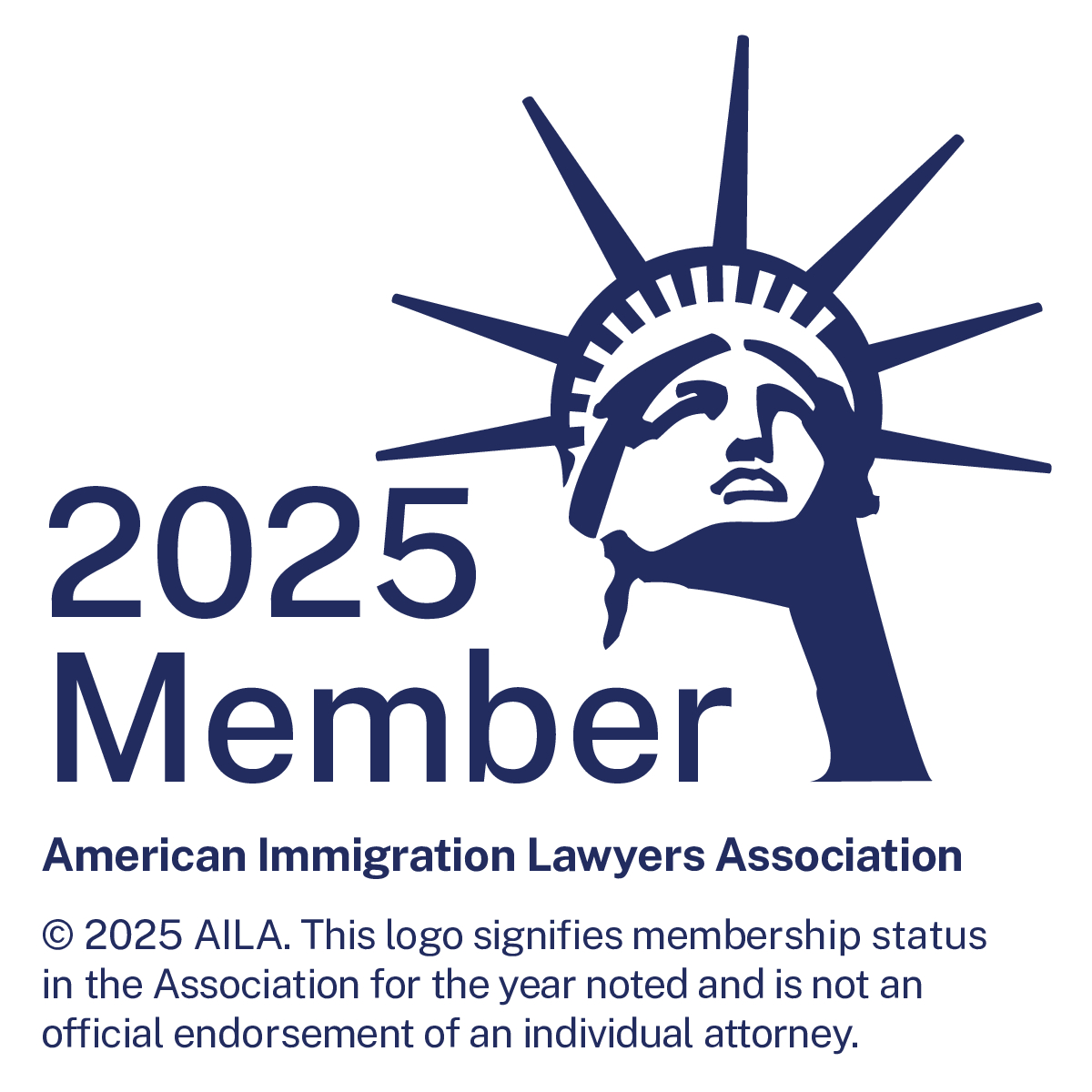
The O-1 visa and EB-1 Green Card options are for those who have risen to the top of their field.
This page discusses them together because they are both based on similar evidentiary criteria. Many clients in these categories have received significant awards, authored scholarly material, been the subject of major publications, held high-paying positions, etc. These aren’t for people who are good at what they do, they’re for people who are world-experts at what they do.
To be specific, the O-1A nonimmigrant visa and the EB-1A immigrant visa (Permanent Resident) are both based on a showing of extraordinary ability. For simplicity sake, they will be referred to as “O-1” and “EB-1.” This page will not focus on the other subcategories such as O-1B for film and television industries, EB-1B for professors and researchers, or EB-1C for multinational executives.
Knowing that they are both based on extraordinary ability, the table below lists some basic facts of the O-1 and EB-1 and shows key differences in each.
| O-1 visa | EB-1 Green Card | |
| Length of stay | 3 years with limitless 3 year extensions. | Permanent as long as not abandoned. |
| Processing time (approx.) | 3-6 months total | 1-2 years total, potentially with work and travel authorization in 3-6 months. |
| U.S. petitioner requirement | U.S. petitioner required. Can be agent-based. | Can self-petition. But still need to show availability of work via a job offer or similar. |
| Spouse work authorization | No work authorization for spouse. | Spouse also gets Green Card with full work authorization. |
| Standard for extraordinary | Very high | Even higher than O-1 |
The core difference is that the O-1 is a temporary visa while the EB-1 is a permanent Green Card. For this reason, the USCIS is much more scrupulous in the adjudication of EB-1 petitions and expect an even stronger more convincing showing of extraordinary ability. Clients often start on an O-1 visa then build their credentials in the USA for 2-5 years before applying for the EB-1 visa. But it is possible to apply directly for the EB-1 if the evidence is already strong enough. Though they are judged with different levels of scrutiny, each of these categories requires a major internationally recognized award, such as a Nobel Peace Prize. In the alternative, both also list “lesser” evidentiary criteria, of which at least three must be satisfied. The evidentiary criteria for O-1 and EB-1, respectively, are listed below to demonstrate the similarities and distinctions.
| O-1 visa
evidentiary criteria |
EB-1 Green Card
evidentiary criteria |
| Receipt of nationally or internationally recognized prizes or awards for excellence in the field of endeavor | Receipt of lesser nationally or internationally recognized prizes or awards for excellence |
| Membership in associations in the field for which classification is sought which require outstanding achievements | Membership in associations in the field which demand outstanding achievement of their members |
| Published material in professional or major trade publications, newspapers or other major media about the beneficiary and the beneficiary’s work | Published material about you in professional or major trade publications or other major media |
| Original scientific, scholarly, or business-related contributions of major significance in the field | Original scientific, scholarly, artistic, athletic, or business-related contributions of major significance to the field |
| Authorship of scholarly articles in professional journals or other major media in the field for which classification is sought | Authorship of scholarly articles in professional or major trade publications or other major media |
| A high salary or other remuneration for services as evidenced by contracts or other reliable evidence | A high salary or other significantly high remuneration in relation to others in the field |
| Participation on a panel, or individually, as a judge of the work of others | Participation as a judge the work of others, either individually or on a panel |
| Employment in a critical or essential capacity for organizations and establishments that have a distinguished reputation | Performance of a leading or critical role in distinguished organizations |
|
No O-1A equivalent |
Evidence that your work has been displayed at artistic exhibitions or showcases |
|
No O-1A equivalent |
Evidence of your commercial successes in the performing arts |
The chart demonstrates how closely the two sets of evidentiary criteria parallel one another. But again, these same criteria are held to a higher standard for EB-1 than they are for O-1 petitions. Thus, a person can be approved on an O-1 but not be considered worthy of an EB-1. Often the adjudication of an O-1 petition can lend valuable insight to how an EB-1 petition might fare and what steps to take to strengthen a case for an EB-1 petition in the future.
Contact Pilehvar Law today to discuss your credentials and your potential for the O-1 visa and/or EB-1 Green Card.
(786) 490-6649


